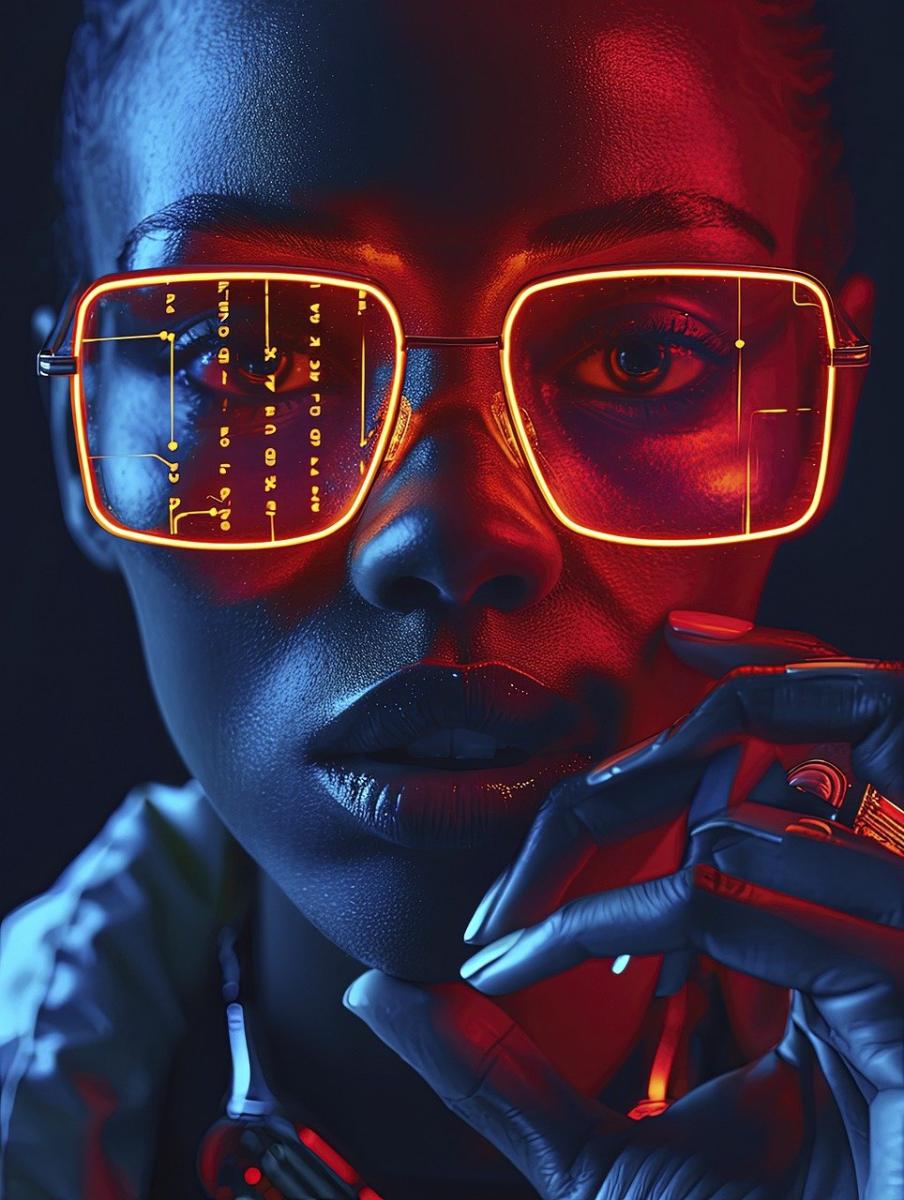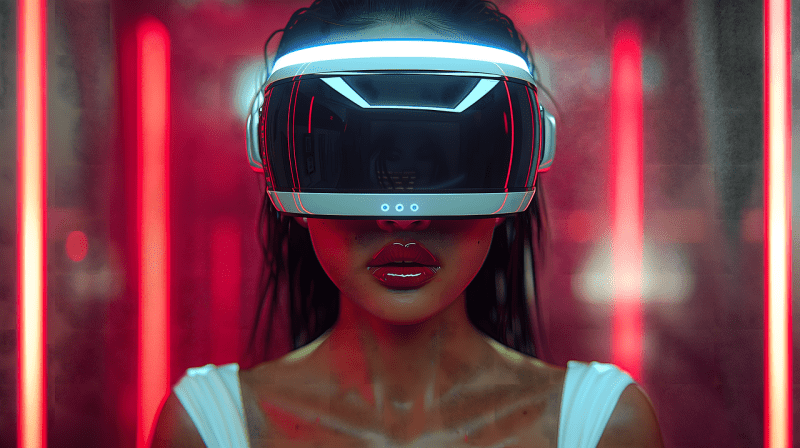Smart glasses are a fascinating blend of technology and everyday use, designed to enhance our visual experience. At their core, these innovative glasses integrate augmented reality (AR) features, allowing users to see digital information overlaid on the real world. This overlay is typically achieved using tiny display screens located near the lenses. When you put on a pair of smart glasses, the digital data can appear as if it’s floating in front of you, providing valuable information without blocking your view.
The key to how smart glasses work lies in their built-in sensors and cameras. These devices often come equipped with various types of sensors, such as accelerometers, gyroscopes, and GPS, which help determine the user's location and movements. Additionally, cameras mounted on the glasses can capture images and video, enabling features like facial recognition and live streaming. The combination of sensors and cameras allows for a seamless interaction between the physical and digital worlds, transforming how we experience our environment.
Furthermore, smart glasses rely on advanced software that processes and displays information in real-time. This software often includes voice recognition capabilities, allowing users to interact with the glasses using simple voice commands. For instance, you might ask your smart glasses for directions, and they will display the route right in your line of sight. This hands-free approach not only makes navigation easier but also ensures that users can stay focused on their surroundings.
Powering these high-tech glasses is a rechargeable battery, usually embedded in the frame. The battery life varies depending on usage but is designed to last throughout the day, providing users with reliable performance. Many smart glasses also have companion apps that can be downloaded on smartphones, allowing for easy access to settings, updates, and additional features. Together, all these components work in harmony to create an immersive experience that blurs the lines between reality and digital information.
Benefits of Smart Glasses
Smart glasses are transforming the way we interact with the world around us. One of the most significant benefits is their ability to provide hands-free access to information. Whether you're checking notifications from your smartphone or navigating directions, smart glasses allow you to keep your hands free for other tasks. This feature is particularly useful for professionals who need to manage multiple responsibilities while staying connected.
Another advantage of smart glasses is enhanced reality experiences. They can overlay digital information onto the real world, enriching our understanding of the environment. Imagine walking through a museum and seeing detailed information about each exhibit right in front of you. This kind of augmented reality not only makes learning more engaging but also creates immersive experiences in everyday activities.
Smart glasses also offer significant health and fitness benefits. Many models can track your fitness metrics in real time, from heart rate to distance traveled, without the need for separate devices. This integration allows users to monitor their health more effectively, motivating them to achieve their fitness goals. Additionally, some versions come with features tailored for specialized fields, such as remote assistance in technical work or enhanced visual aids for individuals with certain visual impairments.
Finally, the social aspect of smart glasses cannot be overlooked. As these devices grow in popularity, they have the potential to change how we communicate with one another. Imagine participating in video calls with a simple glance or sharing your experiences live, all while maintaining eye contact with those around you. This seamless blend of technology and social interaction can foster deeper connections among people in our increasingly digital world.
Key Players in the Market
The smart glasses market is rapidly evolving, with several key players leading the charge. Companies like Google, with their infamous Google Glass, have been at the forefront since the beginning. Although the original version had a rocky start, Google has continued to innovate and refine their approach to smart eyewear, focusing on augmented reality (AR) capabilities that blend the digital world with our everyday lives.
Another prominent player in the market is Microsoft, which has taken a different route with its HoloLens. Targeting enterprise users, HoloLens offers a sophisticated AR experience that is particularly useful in fields like healthcare, manufacturing, and education. The device’s ability to project 3D holograms into the physical environment sets it apart, providing professionals with immersive tools that enhance productivity and collaboration.
In recent years, tech giants like Apple have entered the fray, generating significant buzz around their anticipated smart glasses. Although details are still under wraps, Apple's track record of innovation and brand loyalty suggests that their upcoming product could redefine the smart glasses market once more. With a focus on seamless integration with their existing ecosystem, Apple is expected to prioritize user experience and design.
Smaller companies are also making waves. For instance, brands like Vuzix and North have developed smart glasses that cater to specific use cases, such as industrial applications and fashion-forward designs. These companies highlight the diverse potential of smart glasses, each contributing unique features and emphasizing the versatility of wearable tech.
As the market expands, competition among these key players will drive further advancements and innovations in smart glasses technology. With such a variety of options available, consumers can look forward to an exciting future filled with potential and possibilities in the realm of smart eyewear.
Challenges Facing Smart Glasses
Smart glasses are an exciting frontier in technology, promising to enhance our everyday experiences. However, they face several challenges that may hinder their widespread adoption. One of the primary issues is battery life. Users often expect devices like smart glasses to last all day without frequent recharging. Unfortunately, the current technology struggles to meet these expectations, making it inconvenient for users who rely on them for extended periods.
Another significant challenge is the design and comfort of smart glasses. Many existing models are bulky or heavy, which can be uncomfortable to wear for long durations. Aesthetic appeal is also crucial; consumers are reluctant to adopt gadgets that look awkward or out of place in everyday life. Companies must find a balance between incorporating advanced technology and creating stylish, lightweight designs that appeal to a broader audience.
Privacy concerns represent a further hurdle for smart glasses. With built-in cameras and the potential to record video or take pictures, users worry about the implications of wearing a device that could infringe on others’ privacy. Ensuring that these glasses are used responsibly and maintain user trust is essential for their acceptance in public spaces.
Lastly, software integration is a critical factor. For smart glasses to be truly useful, they need to seamlessly connect with smartphones, apps, and various platforms. Ensuring compatibility while offering beneficial features poses a significant technical challenge. As developers and manufacturers work to overcome these hurdles, the future of smart glasses will hinge on their ability to address these pressing issues effectively.



